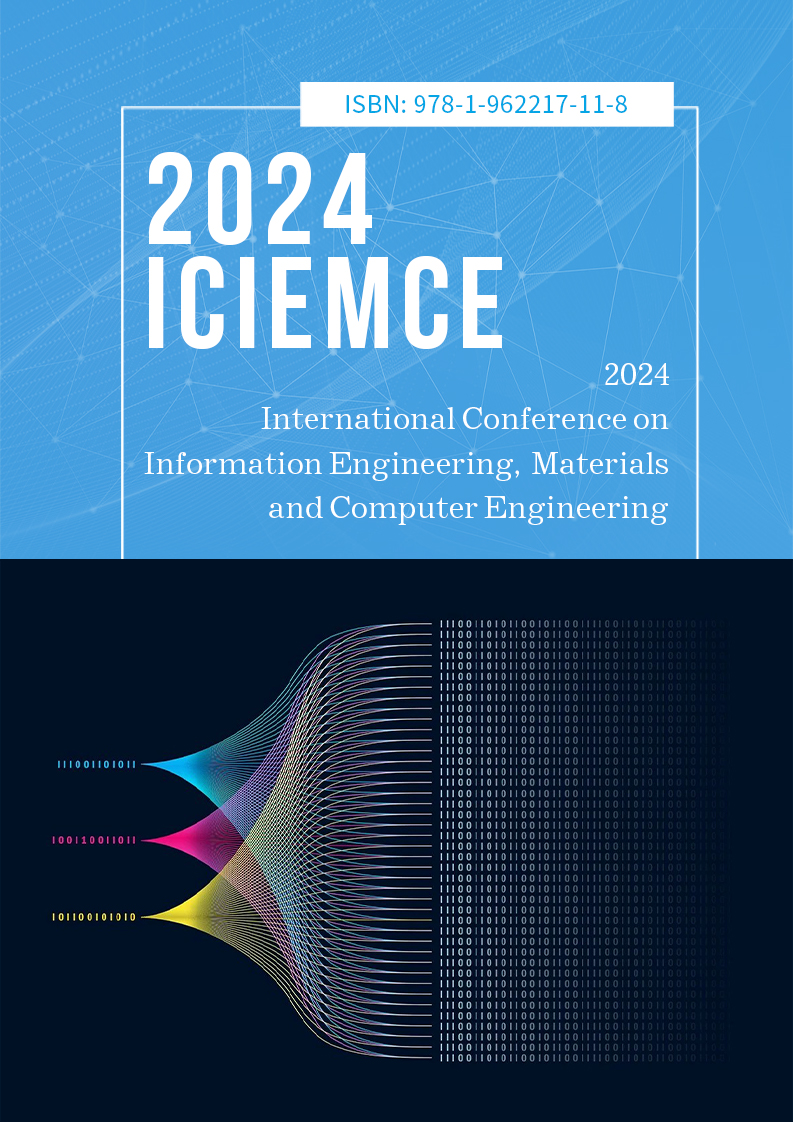Abstract
Land use efficiency (LUE) is the comprehensive reflection of the input and output in the process of land resource utilization. However, carbon emission during this process will lead to a decrease in LUE. It is necessary to evaluate LUE under carbon emission constraint for urban sustainable development. Although the carbon emission and efficiency of land use have been extensively studied, few researches considered the uncertainties in carbon emissions when evaluating LUE. In this study, a comprehensive assessment model of LUE was proposed. Interval parameter is introduced to a super efficiency slack-based measurement (SBM) model, leading to an assessment method of interval LUE, which can analyze the impact of carbon emission on LUE. A case study in Pearl River Delta (PRD) was conducted from 2005 ~2020. Results revealed that the overall carbon emissions of land use in the PRD increased significantly during the study period. Particularly, Zhuhai and Huizhou had a relatively larger increase. In terms of the total amount of carbon emission, it was relatively higher in Guangzhou and Shenzhen than the other cities in the region. Taking the carbon emission into account, the LUE of PRD still improved, especially in Shenzhen, Guangzhou, Foshan, and Jiangmen. However, an opposite trend was found for the LUE of Huizhou and Zhaoqing, changing from effective to ineffective. The LUE of Zhuhai and Zhongshan was always effective, while that of Dongguan was ineffective during the study period. In conclusion, the assessment method of LUE considering carbon emissions should be used to promote the efficient use of land resource. The results of the case study in this research can also provide decision-making reference for PRD and other urban agglomerations to improve LUE.


